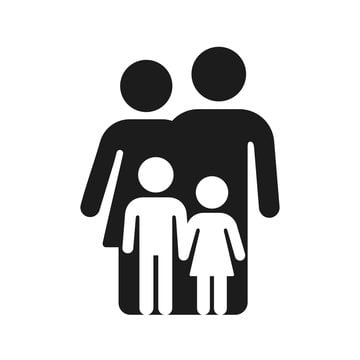The Unspoken Language: Mastering Body Language for Effective Communication
Communication is a multifaceted process, extending far beyond the spoken word. While verbal communication forms the foundation, body language – the silent symphony of gestures, postures, and expressions – significantly influences how our message is received and interpreted. This exploration delves into the critical role of body language in interpersonal interactions, offering insights into how to leverage its power for more effective and meaningful connections.
Nonverbal cues frequently reveal more than words ever could. A subtle shift in posture, a fleeting facial expression, or the distance maintained during a conversation – these seemingly insignificant details often unveil the true emotions and intentions behind spoken words. Paying close attention to these nonverbal signals is crucial for navigating the complexities of human interaction.
Deciphering the Signals: Key Elements of Body Language
Understanding the nuances of body language requires careful observation and awareness. Several key elements contribute to the overall message conveyed:
Facial Expressions: The Mirror of the Soul
Facial expressions are potent communicators, instantly conveying a spectrum of emotions. A genuine smile radiates warmth and approachability, while a furrowed brow might signal confusion or concern. Recognizing and interpreting these subtle changes is essential for empathetic and effective communication.
Posture and Stance: Projecting Confidence and Authority
Our physical posture speaks volumes about our confidence and self-assurance. An open, relaxed stance projects approachability and invites connection, whereas a slumped posture might convey insecurity or disinterest. Maintaining a confident yet comfortable posture is crucial for creating a positive first impression and fostering trust.
Eye Contact: The Gateway to Connection
Eye contact plays a pivotal role in establishing connection and conveying sincerity. Maintaining appropriate eye contact demonstrates attentiveness and genuine interest in the conversation, fostering deeper engagement and understanding. Conversely, avoiding eye contact can be misinterpreted as disinterest or even deceit.
Gestures and Movements: Adding Emphasis and Clarity
Gestures, both conscious and subconscious, add layers of meaning and emphasis to our communication. Using hand gestures to illustrate a point or emphasize a key idea can make the message more vivid and engaging. However, excessive or distracting movements can detract from the overall impact.
Proximity and Personal Space: Navigating Physical Boundaries
The distance we maintain from others significantly impacts the dynamics of the interaction. Respecting personal space is crucial for creating a comfortable environment. In contrast, invading someone's personal space can lead to discomfort and create barriers to effective communication. Finding the appropriate balance is essential for building rapport.
Touch: The Power of Physical Connection
Appropriate touch can enhance communication, conveying warmth, empathy, and connection. A gentle touch on the arm or a firm handshake can create a sense of comfort and build rapport. However, the context and cultural norms governing touch must be considered to avoid misinterpretations.
Silence and Pauses: The Art of Listening
Silence, contrary to popular belief, is not the absence of communication but a powerful tool for conveying attentiveness and thoughtful consideration. Strategic pauses allow time for reflection and demonstrate active listening, leading to more meaningful conversations.
Mirroring and Matching: Building Rapport Subtly
Subtly mirroring or matching the body language of the person you're communicating with can foster a sense of rapport and connection. This technique, when used naturally, creates a subconscious sense of harmony and understanding.
Avoiding Negative Body Language: Preventing Miscommunication
Certain body language cues can unintentionally undermine your message and create barriers to effective communication. Avoid closed-off postures, fidgeting, or excessive nervous movements. Maintaining an open and attentive demeanor will enhance your communication impact.
Cultural Considerations: Navigating Global Communication
It is crucial to acknowledge that body language is not universal. Interpretations vary significantly across cultures. What might be considered polite or appropriate in one culture could be offensive or misinterpreted in another. Researching and understanding cultural norms is essential for effective cross-cultural communication.
The Synergy of Words and Gestures: Achieving Congruence
For optimal communication, verbal and nonverbal cues must align. Incongruence between words and body language creates confusion and distrust. When words and actions contradict each other, the nonverbal message generally carries more weight, potentially undermining the spoken word.
Adaptability and Context: Tailoring Body Language to the Situation
Effective communication necessitates adapting body language to different contexts. The appropriate body language for a job interview differs from that of a casual conversation with friends. Understanding and adjusting your nonverbal cues accordingly will significantly enhance your communication skills.
Mastering the art of body language takes practice and self-awareness. By paying close attention to nonverbal cues and understanding their impact, you can significantly improve your interpersonal communication and build stronger, more meaningful relationships.



